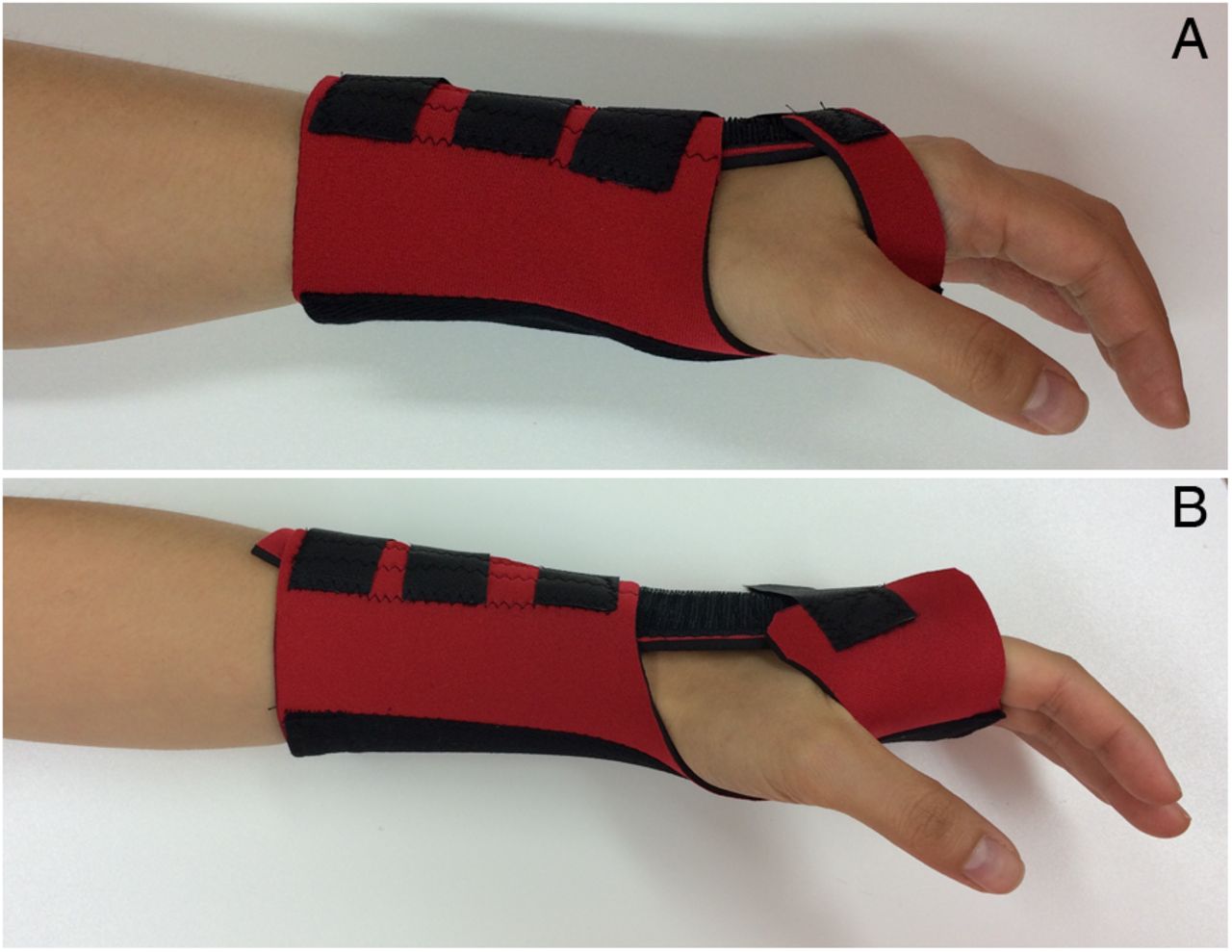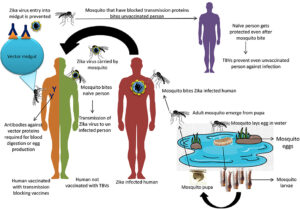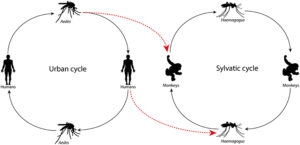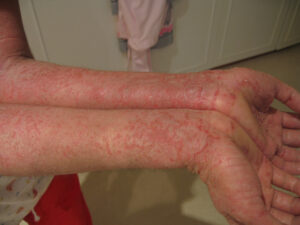Shin splints, also known as Medial Tibial Stress Syndrome (MTSS), are a common condition that affects athletes, runners, and individuals who engage in repetitive physical activities. This condition causes pain along the shinbone, which is the large bone located in the front of the lower leg. Shin splints can significantly impact daily activities and athletic performance if left untreated. Understanding the causes, recognizing the symptoms, obtaining an accurate diagnosis, and exploring treatment options are essential steps in managing this condition effectively.

What Are Shin Splints?
Shin splints refer to pain that occurs along the inner edge of the shinbone, where the muscles attach to the bone. The condition often develops due to overuse or repetitive stress on the lower leg. While it is most commonly associated with running and high-impact sports, shin splints can affect anyone who places excessive strain on their legs. The discomfort may range from mild to severe and can worsen with continued activity.
Who Is at Risk?
- Athletes, particularly runners and dancers
- Military personnel undergoing intense physical training
- Individuals who suddenly increase the intensity or duration of their workouts
- People with flat feet or high arches
- Those wearing improper or worn-out footwear
Causes of Shin Splints
The primary cause of shin splints is repetitive stress on the muscles, tendons, and bone tissue of the lower leg. Several factors contribute to the development of this condition:
Overuse and Overtraining
Engaging in high-intensity physical activities without allowing adequate recovery time can lead to shin splints. Overtraining places excessive strain on the muscles and bones, causing inflammation and pain. Runners who increase their mileage too quickly or athletes who participate in back-to-back training sessions are particularly susceptible.
Poor Footwear
Inadequate footwear can exacerbate the risk of developing shin splints. Shoes that lack proper cushioning, support, or shock absorption fail to protect the feet and legs during physical activity. Worn-out shoes or those not suited for specific activities, such as running or jumping, can contribute to the problem.
Biomechanical Issues
Structural abnormalities in the feet and legs can predispose individuals to shin splints. Flat feet, high arches, and overpronation (excessive inward rolling of the foot) alter the distribution of weight and pressure on the lower leg. These biomechanical issues place additional stress on the muscles and bones, increasing the likelihood of injury.
Hard or Uneven Surfaces
Running or exercising on hard or uneven surfaces, such as concrete or rocky terrain, can contribute to the development of shin splints. These surfaces do not absorb shock effectively, leading to increased impact on the lower legs.
Lack of Warm-Up and Stretching
Failing to warm up properly before exercise or neglecting to stretch the muscles of the lower leg can result in tightness and reduced flexibility. Tight muscles are more prone to injury and can contribute to the onset of shin splints.
Symptoms of Shin Splints
Recognizing the symptoms of shin splints is crucial for early intervention and prevention of further complications. The most common signs include:
Pain Along the Shinbone
The hallmark symptom of shin splints is a dull, aching pain along the inner edge of the shinbone. This pain typically occurs during or after physical activity and may subside with rest. In more severe cases, the pain can persist even during everyday activities.
Tenderness and Swelling
The affected area may feel tender to the touch, and mild swelling may be present. The tenderness is usually localized along the inner part of the shinbone, where the muscles attach to the bone.
Increased Pain with Activity
Individuals with shin splints often experience worsening pain when engaging in activities that involve running, jumping, or prolonged standing. The pain may initially improve with rest but can become constant if the condition is left untreated.
Stiffness in the Lower Leg
Some people with shin splints report stiffness in the lower leg, particularly in the morning or after periods of inactivity. This stiffness can make it difficult to perform daily tasks or resume physical activity.
Diagnosis of Shin Splints
Accurate diagnosis is essential to differentiate shin splints from other conditions that cause similar symptoms, such as stress fractures or compartment syndrome. A healthcare professional will typically follow these steps to diagnose shin splints:
Medical History and Physical Examination
The healthcare provider will begin by taking a detailed medical history, including information about the individual’s physical activities, training regimen, and footwear. During the physical examination, they will assess the location and severity of the pain, check for tenderness, and evaluate the alignment and structure of the feet and legs.
Imaging Tests
In some cases, imaging tests may be necessary to rule out other potential causes of leg pain. X-rays can help identify stress fractures, while magnetic resonance imaging (MRI) or bone scans may be used to detect inflammation or other abnormalities in the soft tissues and bones.
Differential Diagnosis
Conditions such as stress fractures, tendonitis, and chronic exertional compartment syndrome share similar symptoms with shin splints. A thorough evaluation is required to ensure an accurate diagnosis and appropriate treatment plan.
Treatment Options for Shin Splints
The treatment of shin splints focuses on relieving pain, reducing inflammation, and preventing recurrence. A combination of conservative measures and lifestyle modifications is often effective in managing this condition.
Rest and Activity Modification
One of the most important aspects of treating shin splints is allowing the body time to heal. Resting the affected leg and avoiding activities that exacerbate the pain are crucial for recovery. Individuals may need to modify their exercise routine by switching to low-impact activities, such as swimming or cycling, until the pain subsides.
Ice Therapy
Applying ice packs to the affected area can help reduce inflammation and alleviate pain. Ice therapy should be performed for 15 to 20 minutes at a time, several times a day, especially after physical activity.
Stretching and Strengthening Exercises
Incorporating stretching and strengthening exercises into the recovery process can improve flexibility and support the muscles of the lower leg. Calf stretches, toe raises, and resistance band exercises are commonly recommended to enhance muscle strength and prevent future injuries.
Proper Footwear and Orthotics
Wearing appropriate footwear with adequate cushioning and support is essential for preventing and managing shin splints. In some cases, custom orthotic devices may be prescribed to correct biomechanical issues and provide additional support.
Physical Therapy
A physical therapist can design a personalized rehabilitation program to address the underlying causes of shin splints. This may include gait analysis, manual therapy, and exercises to improve balance and coordination.
Medications
Over-the-counter pain relievers, such as ibuprofen or acetaminophen, can help manage pain and reduce inflammation. However, these medications should be used under the guidance of a healthcare professional and only for short-term relief.
Gradual Return to Activity
Once the pain has subsided, individuals can gradually return to their regular activities. It is important to increase intensity and duration slowly to avoid re-injury. Cross-training and incorporating rest days into the routine can also help prevent recurrence.
Preventing Shin Splints
Prevention is key to avoiding the discomfort and inconvenience of shin splints. By adopting healthy habits and making informed choices, individuals can reduce their risk of developing this condition.
Warm-Up and Cool-Down Routines
Incorporating dynamic warm-up exercises and static stretches into a workout routine prepares the muscles for activity and reduces the risk of injury. Cooling down after exercise helps prevent stiffness and promotes recovery.
Choosing the Right Footwear
Selecting shoes that are appropriate for the specific activity and replacing them regularly ensures optimal support and cushioning. Consulting a specialist for recommendations on footwear and orthotics can be beneficial.
Gradual Progression in Training
Avoiding sudden increases in the intensity, duration, or frequency of workouts allows the body to adapt and minimizes the risk of overuse injuries. Following a structured training plan with built-in rest days is highly recommended.
Strengthening and Conditioning
Building strength and endurance in the muscles of the lower leg through targeted exercises enhances stability and reduces the likelihood of shin splints. Incorporating core and hip strengthening exercises can also improve overall biomechanics.
Listening to the Body
Paying attention to signs of pain or discomfort and addressing them promptly can prevent minor issues from escalating into more serious conditions. Ignoring symptoms or pushing through pain can lead to prolonged recovery times.





